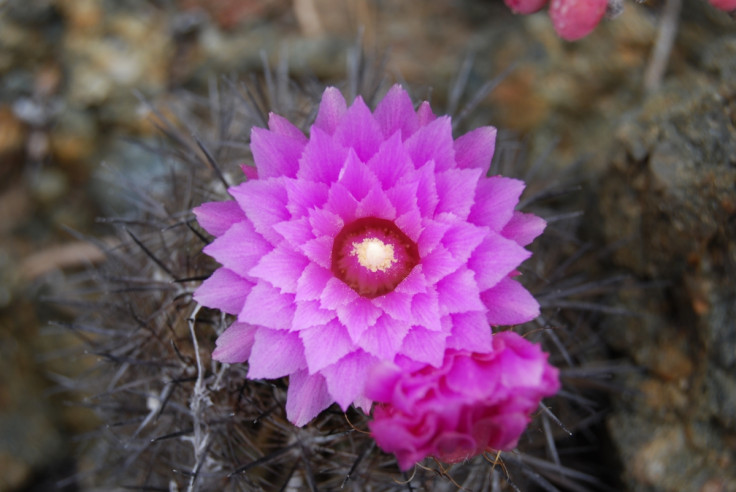Cactus extinction shock: Rampant illegal wildlife trade puts one third of species at risk

Almost a third of cactus species in the world are at risk of extinction, making the taxonomic group more threatened than mammals and birds. Researchers say the first ever comprehensive, global assessment of cacti is a "disturbing" reflection of the scale of the illegal wildlife trade.
Published in the journal Nature Plants, scientists found cacti are coming under increasing pressure from human activity. They assessed 1,478 of the 1,480 living cactus species and found 31% are at risk of extinction, with the greatest threats posed to those found in southern Rio Grande do Sul, Brazil, and in northern Artigas, Uruguay.
Cacti are critical to the survival of many animal species, providing a source of food and water for a diversity of animals including deer, lizards, coyotes and tortoises. Half of the species are also used by humans, for ornamental horticulture, food and medicine.

Researchers said 86% of threatened cacti used in horticulture are taken from wild populations. European and Asian collectors were found to be the biggest contributors to the illegal trade. Another threat facing cacti was unsustainable harvesting, with 47% of the threatened species affected by this.
"The dominant drivers of extinction risk are the unscrupulous collection of live plants and seeds for horticultural trade and private ornamental collections, smallholder livestock ranching and smallholder annual agriculture," the authors said.
Inger Andersen, Director General of the IUCN, said: "These findings are disturbing. They confirm that the scale of the illegal wildlife trade - including trade in plants - is much greater than we had previously thought, and that wildlife trafficking concerns many more species than the charismatic rhinos and elephants which tend to receive global attention. We must urgently step up international efforts to tackle the illegal wildlife trade and strengthen the implementation of the CITES (Convention on International Trade in Endangered Species), if we want to prevent the further decline of these species."

Barbara Goettsch, lead author of the study, said the assessment came as a shock. She said they did not expect cacti to be so threatened or for the illegal trade to be such a great driver of that threat. "Their loss could have far-reaching consequences for the diversity and ecology of arid lands and for local communities dependent on wild-harvested fruit and stems," she said.
"This study highlights the need for better and more sustainable management of cactus populations within range countries. With the current human population growth, these plants cannot sustain such high levels of collection and habitat loss."
The authors also said their study highlights the relative ease of assessing major plant groups – just over 19,000 of the 300,000 plant species have been evaluated. "Our findings demonstrate that global species assessments are readily achievable for major groups of plants with relatively moderate resources, and highlight different conservation priorities and actions to those derived from species assessments of key animal groups."
© Copyright IBTimes 2025. All rights reserved.






















